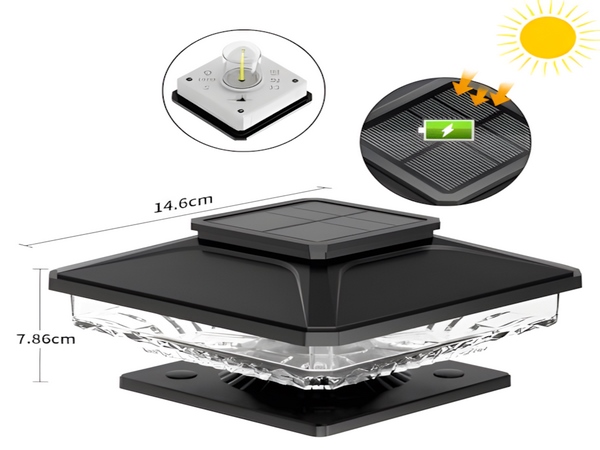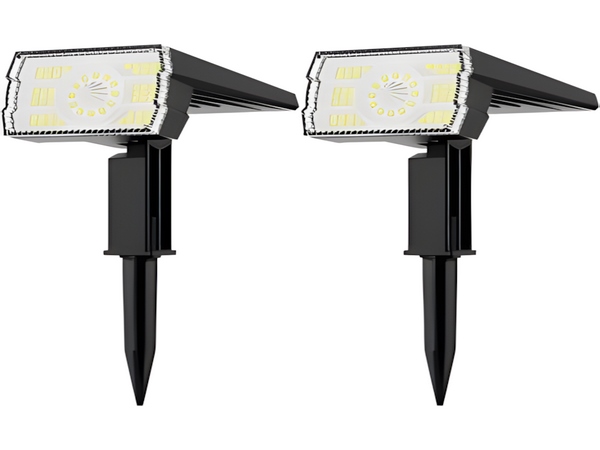
Today we will discuss the protection modes of solar street lights. As we all know, the main energy source of solar street lights comes from solar energy, making them one of the more environmentally friendly types of street lights. During the day, sunlight is absorbed by solar panels, converting light energy into electrical energy, which is stored in batteries. The stored energy is then used to power the LED lights at night. Now, let’s get back to the topic of the
solar street light protection modes.
Mode 1: Direct Charge Protection Voltage

Direct charge, also known as fast charging, occurs when the battery voltage is low and a high current and relatively high voltage are used to charge the battery. However, there is a control point, also known as a protection point. The direct charge protection voltage is generally the same as the “overcharge protection point” voltage. During charging, the battery terminal voltage cannot exceed this protection point; otherwise, overcharging may occur, which can damage the battery.
Mode 2: Equalization Charge Control Voltage
After direct charging is completed, the battery is usually left idle for a while by the charge and discharge controller to allow its voltage to naturally drop. When it falls to the “recovery voltage” level, it enters the equalization charge state. Equalization, or “balanced charging,” should not last too long, typically ranging from a few minutes to over a dozen minutes; excessive duration can be harmful. For small systems with one or two batteries, equalization is not very significant. Therefore,
solar street light controllers
do not generally include equalization, but rather have only two stages.
Mode 3: Float Charge Control Voltage
Float charging usually occurs after equalization is complete. The battery is left idle for a period to allow its terminal voltage to drop naturally. When it falls to the “maintenance voltage” point, it enters the float charge state. This is similar to low-current charging; a little charge is added when the battery voltage drops, thus preventing the temperature of the battery from continuously rising, which is beneficial for the battery.

Mode 4: Over-Discharge Protection Termination Voltage
The battery discharge must not fall below the standard specified value. Although battery manufacturers have their own protection parameters, they still need to align with national standards. Typically, an over-discharge protection voltage of a 12V battery is set artificially to 0.3V as temperature compensation or control circuit zero drift correction. Therefore, the over-discharge protection point voltage for a 12V battery is set at 11.10V, while for a 24V system, it is set at 22.20V.
Street lights—
LED Solar Street Light Manufacturer
,
with a focus on technical quality as a core competitive advantage. If you are interested in outdoor engineering lighting or have any inquiries, feel free to reach out, and we are here to serve you!



